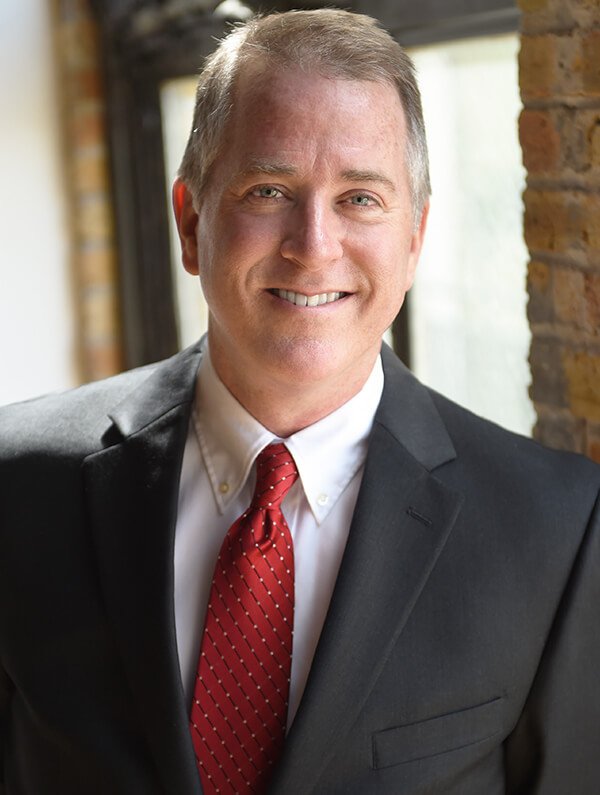
By Dave Malone, President
When a small conservation and environmental education organization asked us to help them raise $5 million for a new education center, we asked them if they had considered a feasibility study. They were new to capital campaigns and had not. When we explained the value of a feasibility study, they agreed it would be prudent.
During the study, we tested donor interest in funding a new ultra-green environmental education center. But donor opinions on the project were mixed. Constituents asked several important questions that would pose serious challenges to a successful campaign. When we analyzed the study data, we concluded that under the current circumstances, the organization would likely raise as little as $1 million, and raising $3 million would prove challenging. They were disappointed.
But the study did not permanently close the door on a campaign. Instead, our report made several recommendations that would address donor concerns and explained that it might take as long as a year to implement the changes needed to properly position the organization for a successful campaign. The nonprofit leadership was discouraged and impatient; they wanted to start fundraising now! To their credit, the executive leadership and board committed to implementing the recommendations, even if reluctantly.
About one year later, they were ready! Although we initially tested $5 million, and our feasibility study concluded $3 million would be the most they could raise, after investing the time and energy to address donor concerns, the campaign went on to raise $8.25 million! That was 65% more than their original goal.
Whether your feasibility study gives your campaign a green light, yellow light or red light, it is an invaluable exercise that will significantly improve the probability of a successful capital campaign.

